1. Tiffany Lamps
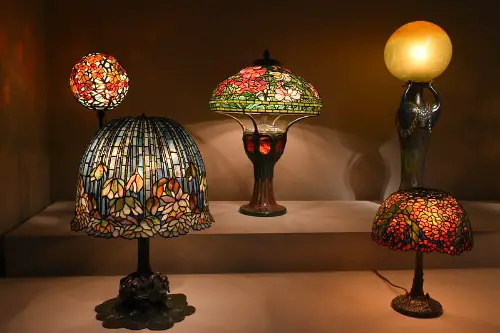
At first glance, many Tiffany lamps just look like pretty stained glass table lamps. But if the shade is an authentic piece made by Tiffany Studios in the early 1900s, it could sell for hundreds of thousands of dollars. These lamps were handcrafted with intricate glass techniques that have never been quite replicated. Because they were widely copied, many people don’t realize the one sitting in Grandma’s attic might be the real thing.
The value comes from both the craftsmanship and the history. Louis Comfort Tiffany’s lamps are tied to the Art Nouveau movement, which makes them highly desirable to collectors. A rare model, like a Tiffany “Dragonfly” lamp, has been known to sell for over $2 million at auction. So, what looks like just another dusty lamp could actually be a museum-worthy treasure.
2. Pyrex Dishes
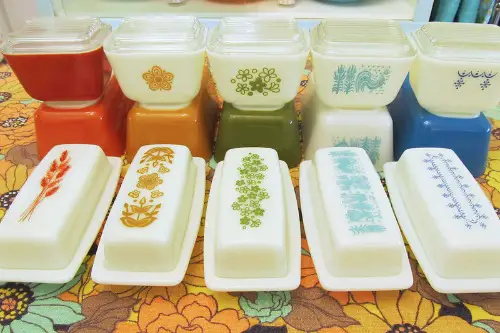
Those colorful Pyrex casserole dishes your aunt swore by may not look like luxury antiques. But certain limited-edition patterns, like “Lucky in Love” or “Turquoise Daisy,” can fetch thousands of dollars today. Produced mainly between the 1940s and 1970s, Pyrex was designed to be tough, practical kitchenware. That’s exactly why most people never thought twice about tossing them around.
Collectors now covet rare colorways and patterns, which were often discontinued after short runs. A pink or turquoise mixing bowl set can command hundreds alone, while a full set of “Atomic Starburst” dishes could pay your rent for months. The nostalgia factor plays a big role here, as people want the exact pieces they grew up with. Something that once seemed purely functional now carries serious market value.
3. First Edition Books
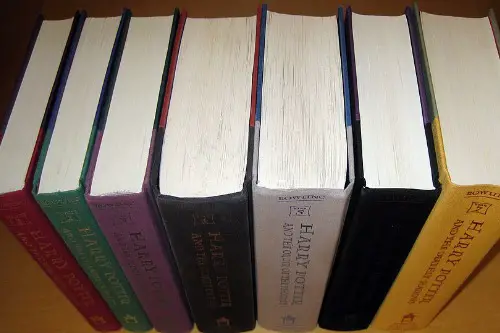
A first edition of a famous book often looks exactly like a regular old hardback. But the difference in value can be staggering—think of a first edition of Harry Potter and the Philosopher’s Stone selling for six figures. These copies are rare simply because most people didn’t treat them as collectibles when they first came out. They were read, dog-eared, and left on shelves, which makes pristine ones even scarcer.
Condition and dust jackets are key factors. A first edition of The Great Gatsby with its original jacket can sell for hundreds of thousands, while without the jacket, the value drops dramatically. Even children’s books, like first runs of Dr. Seuss titles, can surprise owners with their worth. That book you see as a childhood memory could actually be someone else’s holy grail.
4. Vintage Lunchboxes
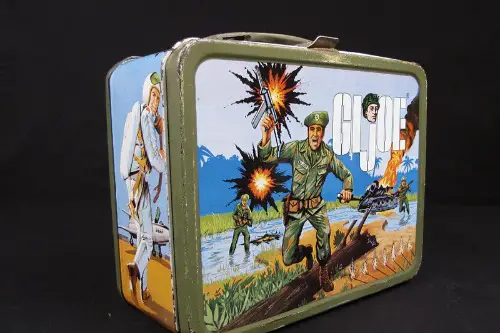
Metal lunchboxes from the 1950s to the 1970s often look like nothing more than kitschy collectibles. But designs featuring popular characters like Superman, The Beatles, or Star Wars can be incredibly valuable. At the time, they were mass-produced and used every day by school kids, which means many got dented, lost, or thrown away. Finding one in mint condition with the thermos included is a jackpot.
Collectors prize them because they capture pop culture in a snapshot. For example, a 1954 Superman lunchbox sold for more than $13,000 at auction. The rarity lies not just in age, but in the durability—kids weren’t exactly gentle with these items. That “ordinary” box you see at a flea market could actually be a small fortune hiding in plain sight.
5. Old Baseball Cards
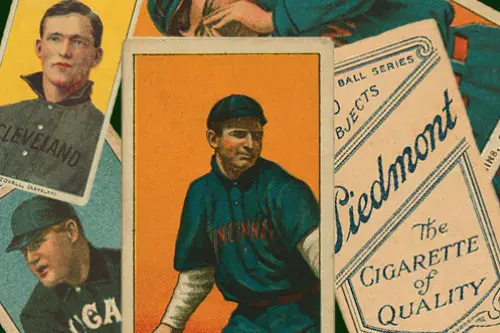
Most people think of baseball cards as childhood toys tucked away in shoeboxes. But certain rare cards, especially those featuring iconic players, can sell for millions today. The 1909 Honus Wagner card is the most famous, with one example selling for over $6 million. Even less rare cards can be worth thousands if they’re in good condition.
Condition grading makes all the difference, with sharp corners and vibrant printing driving up the price. Cards from the 1950s and 1960s featuring stars like Mickey Mantle are especially desirable. Because so many kids traded or damaged theirs, pristine versions are scarce. What once felt like kid stuff could be the ultimate collector’s investment.
6. Vintage Coca-Cola Memorabilia
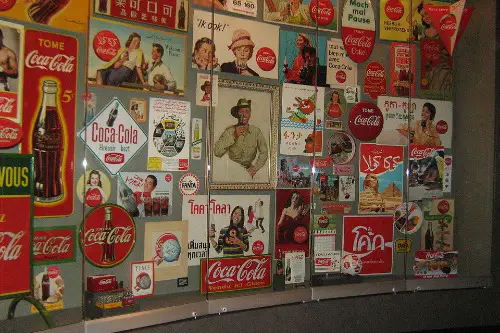
Old Coca-Cola signs, trays, and bottles often get written off as kitschy junk. But collectors pay big money for authentic advertising pieces from the early 1900s. A porcelain Coca-Cola sign from the 1930s can sell for thousands, depending on condition and size. That’s because these items capture the history of one of the world’s most iconic brands.
The bright red logos and nostalgic artwork make them stand out as display pieces. Items tied to specific eras, like holiday promotions or early glass bottles, are especially valuable. Many reproductions exist, which can make it tricky to identify genuine antiques. Still, if you find an original piece in your garage, it could turn out to be a sweet surprise.
7. Mid-Century Modern Furniture
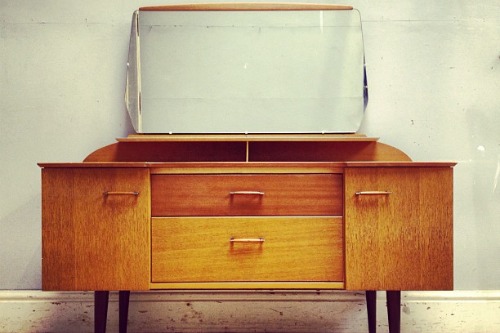
That plain wooden sideboard or chair might not look like much at first. But if it’s a design from names like Eames, Noguchi, or Hans Wegner, it could be worth thousands. Mid-century modern furniture, popular in the 1950s and 1960s, is prized today for its clean lines and craftsmanship. Because it was mass-produced but heavily used, pieces in good shape are rare.
Collectors and design enthusiasts love these because they blend into modern interiors seamlessly. An Eames lounge chair, for example, still sells for thousands, even decades after its release. Many homeowners don’t realize their “old” furniture is sought after by high-end collectors. It’s a classic case of style aging into value.
8. Pocket Watches
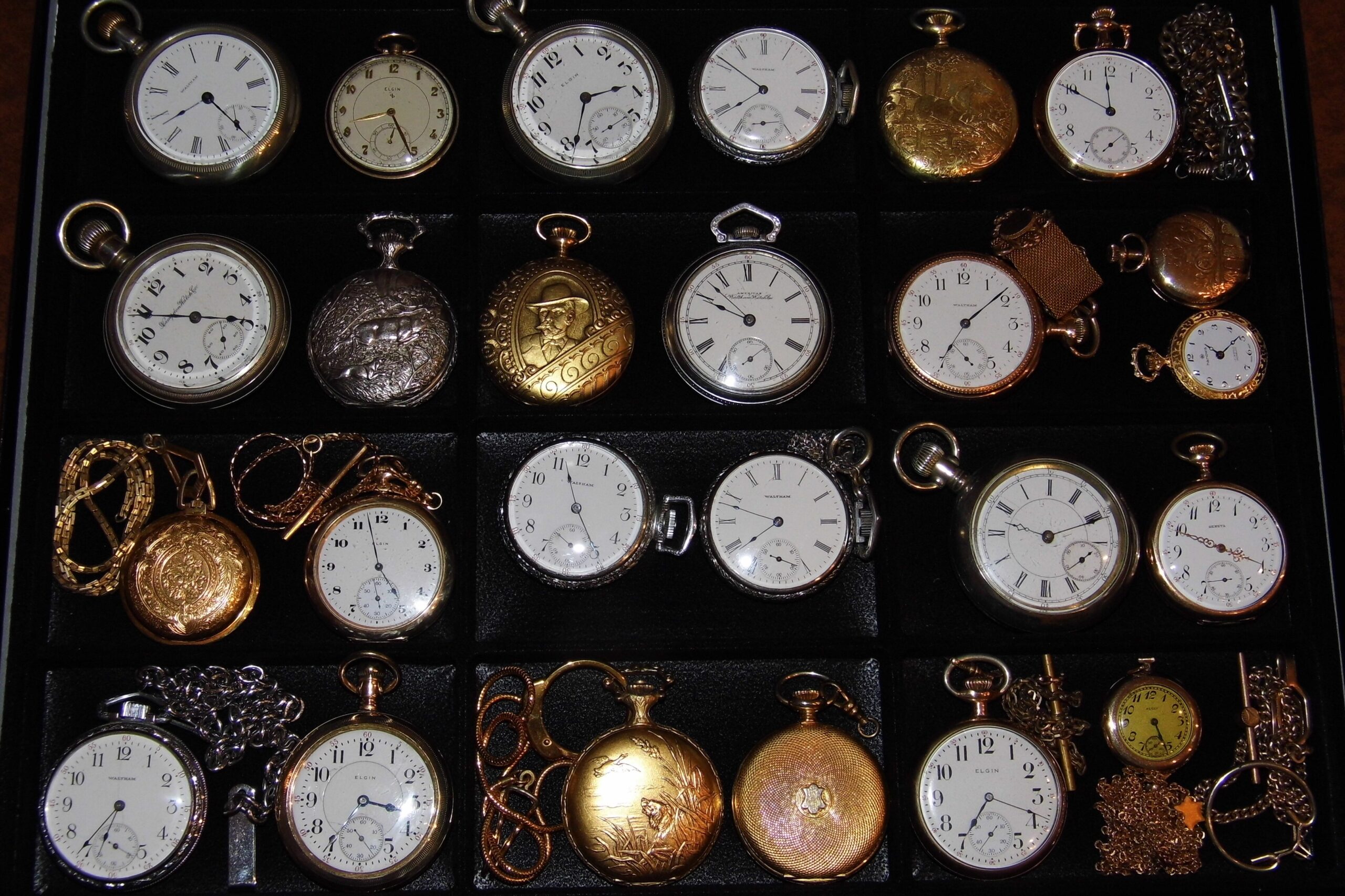
Old pocket watches can look like simple timepieces tucked away in a drawer. But many are finely crafted mechanical marvels, especially those made by companies like Patek Philippe or Vacheron Constantin. Even American makers like Waltham or Elgin produced collectible watches in the 19th and early 20th centuries. Gold cases and intricate movements make certain models highly desirable.
Condition and rarity are the big factors here. Railroad-grade pocket watches, once required for train conductors, can command high prices because of their precision. Decorative designs, like enamel dials or engraved cases, push values even higher. What looks like just another heirloom can actually be a ticking treasure.
9. Vinyl Records
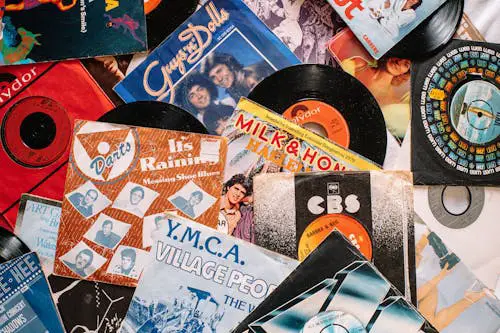
To many, vinyl records look like outdated music formats stacked in dusty boxes. But some rare pressings are worth thousands to collectors. For example, The Beatles’ “Butcher Cover” edition of Yesterday and Today can fetch high five figures. Early pressings of albums by bands like Led Zeppelin or Elvis Presley are also highly sought after.
Collectors care about both rarity and condition. A sealed record or one with unique cover art is particularly valuable. Even records from obscure artists can be treasures if they had limited releases. That ordinary-looking album might just be a collector’s dream come true.
10. Depression Glass
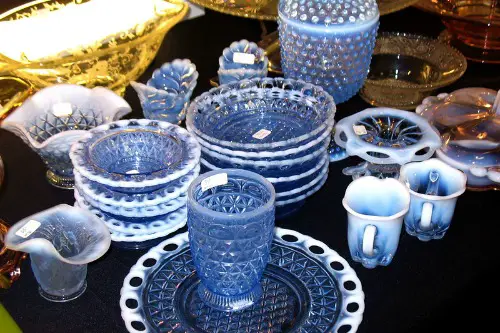
Colored glassware from the 1920s and 1930s is often dismissed as cheap kitchenware. But certain patterns and colors, like pink “Cherry Blossom” or green “Cameo,” can be worth hundreds per piece. Originally given away as promotional items in cereal boxes or movie theaters, Depression glass was never considered luxury. That makes surviving intact sets rare today.
Collectors love them because they reflect the history of the Great Depression era. Complete sets, or rare serving pieces, are especially valuable. Because so many people used these daily, chips and cracks are common, which drives up prices for flawless examples. That candy dish you inherited could be a lot more than just sentimental.
11. Antique Maps

Old maps often look like yellowed paper rolled up in a tube. But rare maps can be surprisingly valuable, especially those showing early depictions of America or famous explorers’ routes. Collectors prize them for their artistry as well as historical significance. A map by cartographer Abraham Ortelius, for example, can be worth thousands.
Condition, age, and rarity make all the difference. Hand-colored maps from the 16th to 18th centuries are especially collectible. Even 19th-century railroad maps can fetch good prices if they’re detailed and scarce. That ordinary-looking old chart could actually be a window into history with a hefty price tag.
12. Sterling Silver Flatware
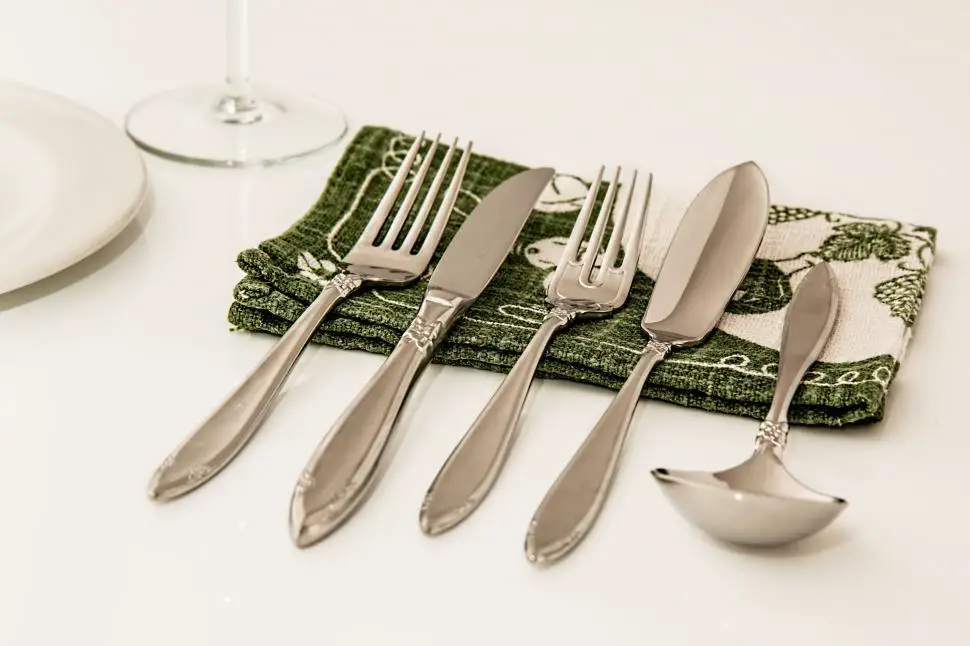
Silverware sets tucked away in boxes often look like everyday dining items. But sterling silver flatware from companies like Gorham or Tiffany can be highly collectible. Some patterns are rare and were only made for short periods. The value depends on both the silver content and the maker’s reputation.
Collectors seek ornate designs, monogrammed sets, and complete services. Even mismatched pieces can be melted down for their silver, ensuring they retain intrinsic value. Sets in original chests with documentation are particularly desirable. That heavy cutlery you never use might be far more than just tableware.
13. Old Advertising Posters
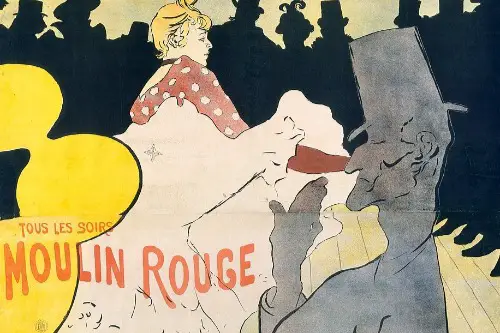
Vintage posters often look like colorful old prints, but they can be surprisingly valuable. Early 20th-century advertisements for travel, fashion, or liquor are highly collectible. Posters by artists like Henri de Toulouse-Lautrec or Alphonse Mucha are especially prized. Many were never intended to last, making survivors rare.
Collectors are drawn to the artistry and cultural history these posters represent. Condition is key—creases, fading, or tears reduce value significantly. A well-preserved Art Nouveau poster can sell for tens of thousands. That rolled-up print in your basement could be a gallery-worthy piece.
14. Costume Jewelry
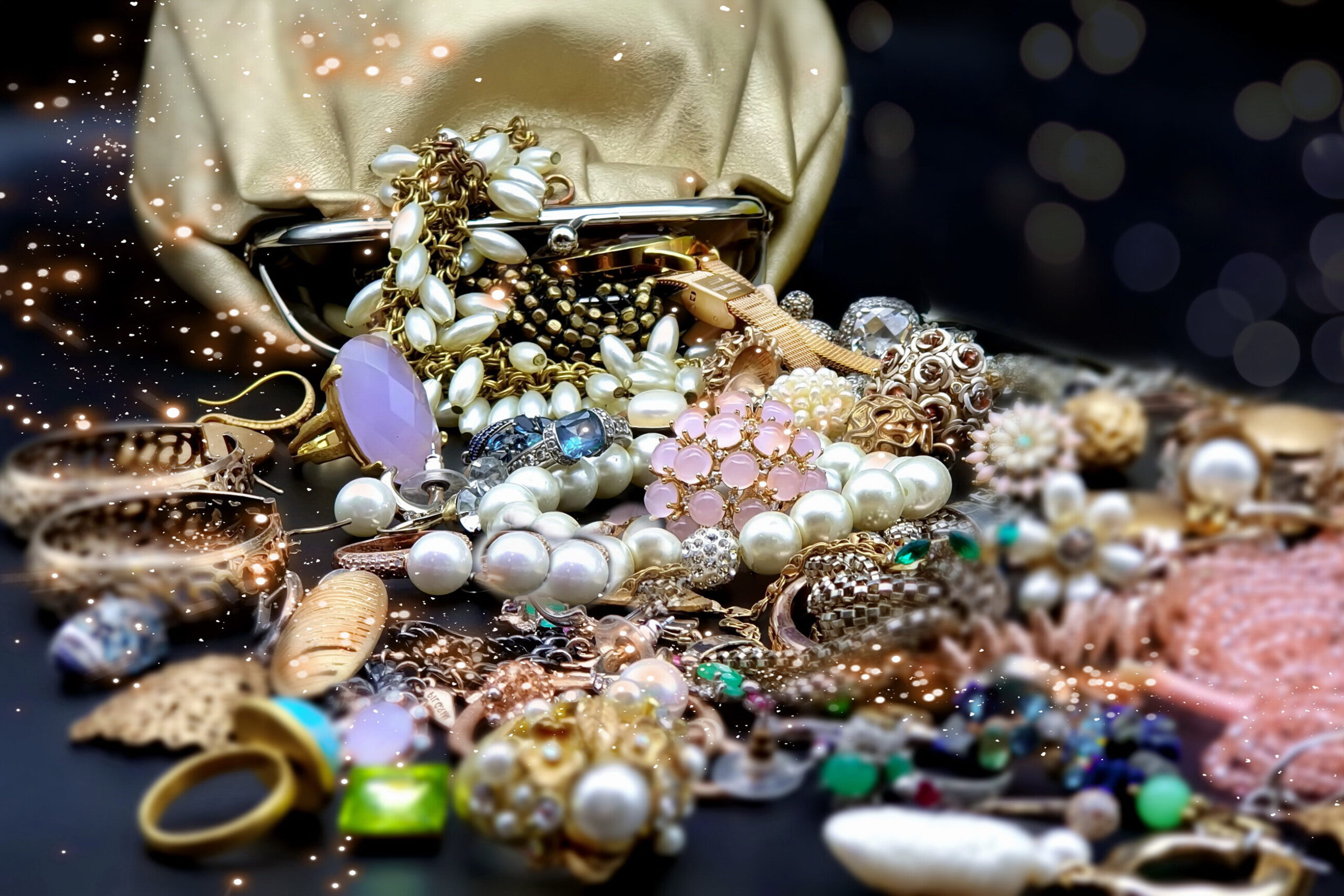
Not all valuable jewelry is made of gold or diamonds. Mid-century costume jewelry by designers like Miriam Haskell, Trifari, or Weiss can be worth a lot. These pieces were mass-produced but crafted with attention to design and style. Today, collectors prize them for their uniqueness and fashion history.
The trick is knowing which makers to look for. Signed pieces or those with distinctive designs are far more desirable than generic items. Certain rhinestone brooches or necklaces can sell for hundreds, even without precious metals. That “cheap” necklace in a box might actually be a collector’s gem.
This post 14 Antiques That Look Ordinary But Hide Huge Value was first published on Greenhouse Black.
